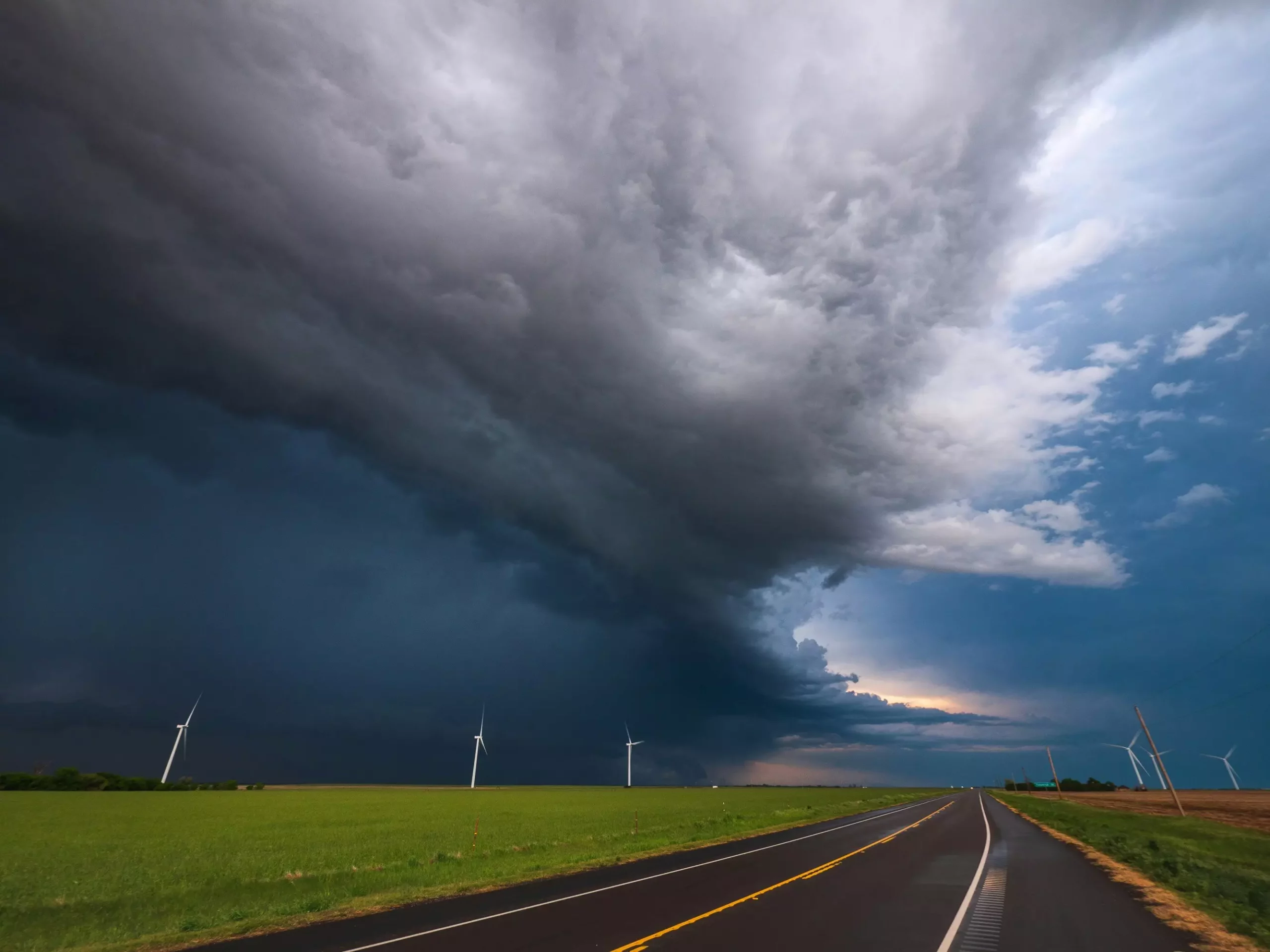In the realm of severe weather studies, scientists are perpetually seeking innovative methods to enhance the accuracy and efficiency of tornado detection. A recent study proposes an intriguing approach that could redefine the conceptual landscape of tornado tracking. Researchers are now investigating the application of cosmic rays—notoriously elusive high-energy particles—in analyzing supercell thunderstorms, the breeding grounds for the most violent tornadoes. This paradigm shift leverages the intersection of astrophysics and meteorology, suggesting that the study of atmospheric muons might one day transform how we understand and predict severe weather phenomena.
Traditionally, meteorologists deploy conventional tools such as drones, weather balloons, and radar systems to track tornadoes. While effective, these methodologies force researchers into harm’s way, risking their safety amidst the unpredictable fury of nature. William Luszczak, a prominent figure in the study and a fellow at the Center for Cosmology and AstroParticle Physics at The Ohio State University, posits that atmospheric muons could create a safer avenue for collecting vital atmospheric data. “If you have a group of muons that traveled through a thunderstorm,” Luszczak explains, “the amount you’re going to measure on the other side is different from a bundle of muons that traveled through a pretty day.” This simple yet profound observation underpins the potential for muons to serve as atmospheric barometers.
The Science Behind Muons and Thunderstorms
At the heart of this study is an examination of how supercell thunderstorms affect muons, particles that are heavier than electrons and travel through matter at extraordinary velocities. Muons are not merely cosmic particles; they exhibit unique behaviors directly influenced by their environment. The pioneering simulations conducted by Luszczak and his team showed that variations in the pressure field within tornadoes lead to detectable changes in the number, direction, and intensity of muons. This revelation opens the door to unprecedented possibilities in weather forecasting.
To substantiate their claims, the research team implemented a complex three-dimensional cloud model, accounting for a myriad of atmospheric variables—wind patterns, temperature differentials, precipitation types including rain, snow, and hail. By marrying this sophisticated modeling with atmospheric data from past tornado events, particularly the catastrophic El Reno supercell of 2011, the researchers isolated the precise ways that muons interact with the forcefields generated by severe storms. Their results indicated a tangible correlation between muon behavior and the dynamics of tornado-induced pressure fields, signaling the need for further exploration in this exciting new frontier.
Practical Implementation in Tornado Alley
One of the significant implications of this research is its practicality. Unlike existing detection technologies that necessitate proximity to storm systems, the proposed muon detection devices can be strategically positioned in locations such as Tornado Alley—an area in the United States notorious for its high frequency of tornado outbreaks. The allure of utilizing cosmic rays lies in their ability to gather data from a distance, thus minimizing the risk to human operators. However, the feasibility of such an endeavor is still under scrutiny; the muon detectors discussed range in size—at least 50 meters across—making portability a challenge.
Despite the potential limitations in their data precision due to smaller detector sizes, the authors remain optimistic. Luszczak emphasizes that even a compact system could prove invaluable in tapping into vast amounts of muon data during severe weather. Thus, establishing larger, permanent detection structures might be a worthy investment for researchers seeking to bolster their predictive capabilities.
Enhancing Weather Models for Public Safety
Perhaps the most compelling aspect of leveraging cosmic rays for tornado detection is the potential to enhance public safety. Modern meteorological systems are intricately linked with issuing severe weather alerts. Improved atmospheric measurements, as suggested by Luszczak’s research, could lead to more accurate forecasting models, providing timely alerts to communities at risk. “By having better measurements of the atmosphere surrounding a tornado, our modeling improves, which then improves the accuracy of our warnings,” remarks Luszczak, emphasizing the life-saving implications of this approach.
In summarizing the future implications, it is evident that the integration of cosmic ray data into existing meteorological frameworks represents a profound shift in weather analysis. By fusing astrophysics with meteorological science in unprecedented ways, researchers are opening new frontiers in our capacity to monitor, predict, and respond to the wrath of nature. The potential to save lives and mitigate chaos during severe weather events positions this innovative approach as a beacon of hope for science and society alike. As the investigation continues, the stormy skies of the future may yet yield clarity through the unlikeliest of sources: cosmic rays.

